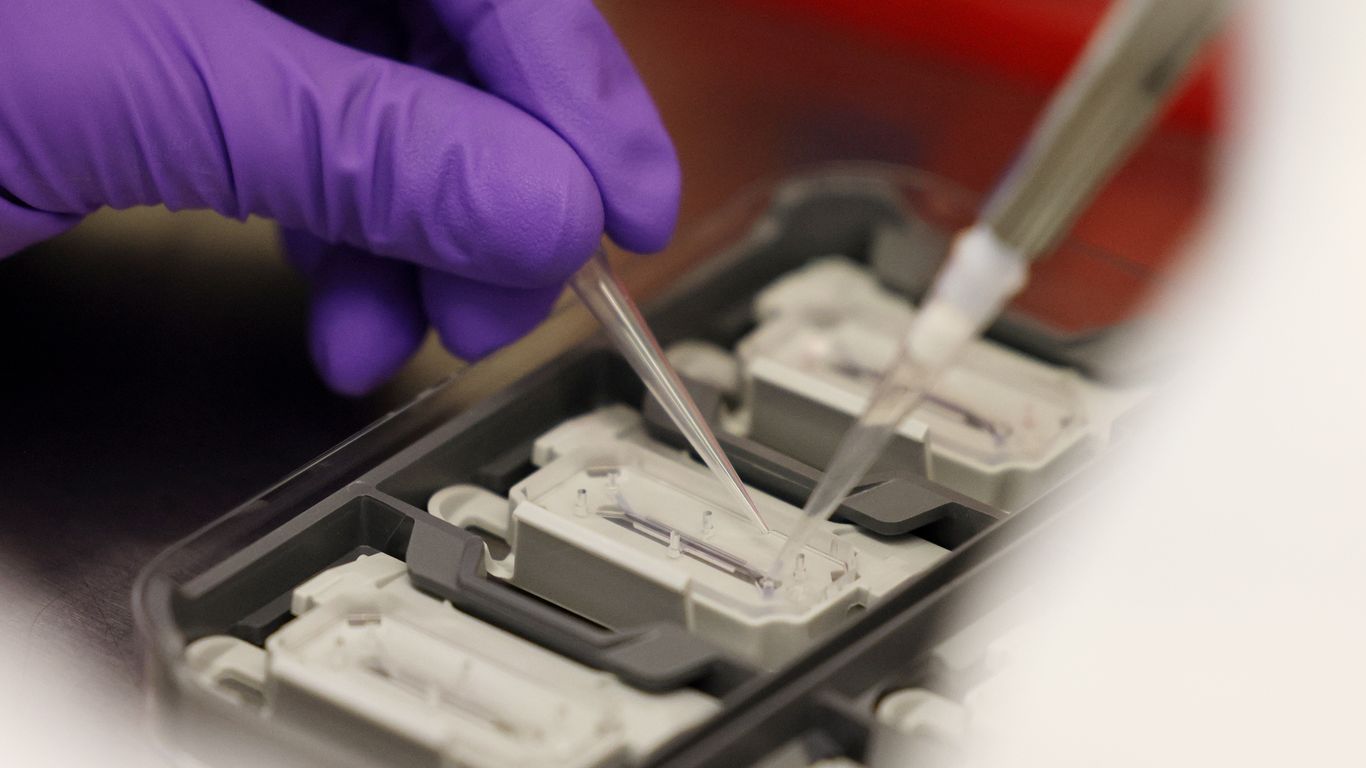
## The Future is Now: A Revolution in Drug Development is Upon Us
For decades, animal testing has been an integral, albeit controversial, part of the drug development process. The image of lab animals, used to assess the safety and efficacy of new medications, has been deeply ingrained in our collective consciousness. But a seismic shift is underway, promising a more humane and potentially more effective future for pharmaceutical research. The tide is turning, and a new era of advanced technologies is poised to replace – or at least significantly reduce – our reliance on animal models.
This paradigm shift is driven by a confluence of factors. First, there’s a growing ethical concern regarding the use of animals in research. Animal welfare advocates have long championed alternatives, arguing that the inherent limitations of animal models often lead to inaccurate predictions of human response and unnecessary suffering. Beyond the ethical considerations, the scientific community itself is recognizing the limitations of these traditional methods. Animal physiology differs significantly from human physiology, leading to potential discrepancies in how drugs are metabolized and their effects manifested. This can result in promising drug candidates being prematurely discarded, while others with potentially harmful side effects slip through the cracks.
Enter the age of artificial intelligence (AI) and sophisticated computational models. These technologies offer a powerful alternative to traditional animal testing, enabling researchers to predict the behavior of drugs within the human body with unprecedented accuracy. AI-powered simulations can analyze vast datasets of molecular interactions, physiological responses, and clinical trial data to identify potential risks and benefits with far greater efficiency and precision than animal models ever could. These models can predict toxicity, efficacy, and even personalize treatment strategies based on individual patient characteristics.
Moreover, advancements in in-vitro testing – using human cells and tissues in laboratory settings – further reduce the need for animal experimentation. These methods provide a more human-relevant environment for assessing drug safety and efficacy. Organ-on-a-chip technology, for example, allows scientists to create miniature replicas of human organs, providing a much more accurate representation of how a drug would interact with the body. Combining these in-vitro tests with AI-powered predictive models creates a powerful synergy, accelerating the drug development process while enhancing its reliability and safety.
The transition to these innovative methods won’t happen overnight. A phased approach is crucial, ensuring the safety and efficacy of new drugs while gradually reducing our dependence on animal models. Careful validation of these new technologies is paramount. Rigorous testing and comparison with existing methods are necessary to build confidence and ensure the reliability of the data generated by AI and in-vitro models. Regulatory bodies will play a critical role in guiding this transition, establishing clear standards and guidelines for the acceptance of alternative methods.
The ultimate goal is not just to replace animal testing but to usher in a new era of more efficient, humane, and effective drug development. This revolution promises to accelerate the creation of life-saving therapies while simultaneously alleviating ethical concerns and significantly reducing the costs associated with traditional animal research. The future of drug discovery is not about animals; it’s about leveraging the power of technology to build a healthier and more compassionate world.



Leave a Reply